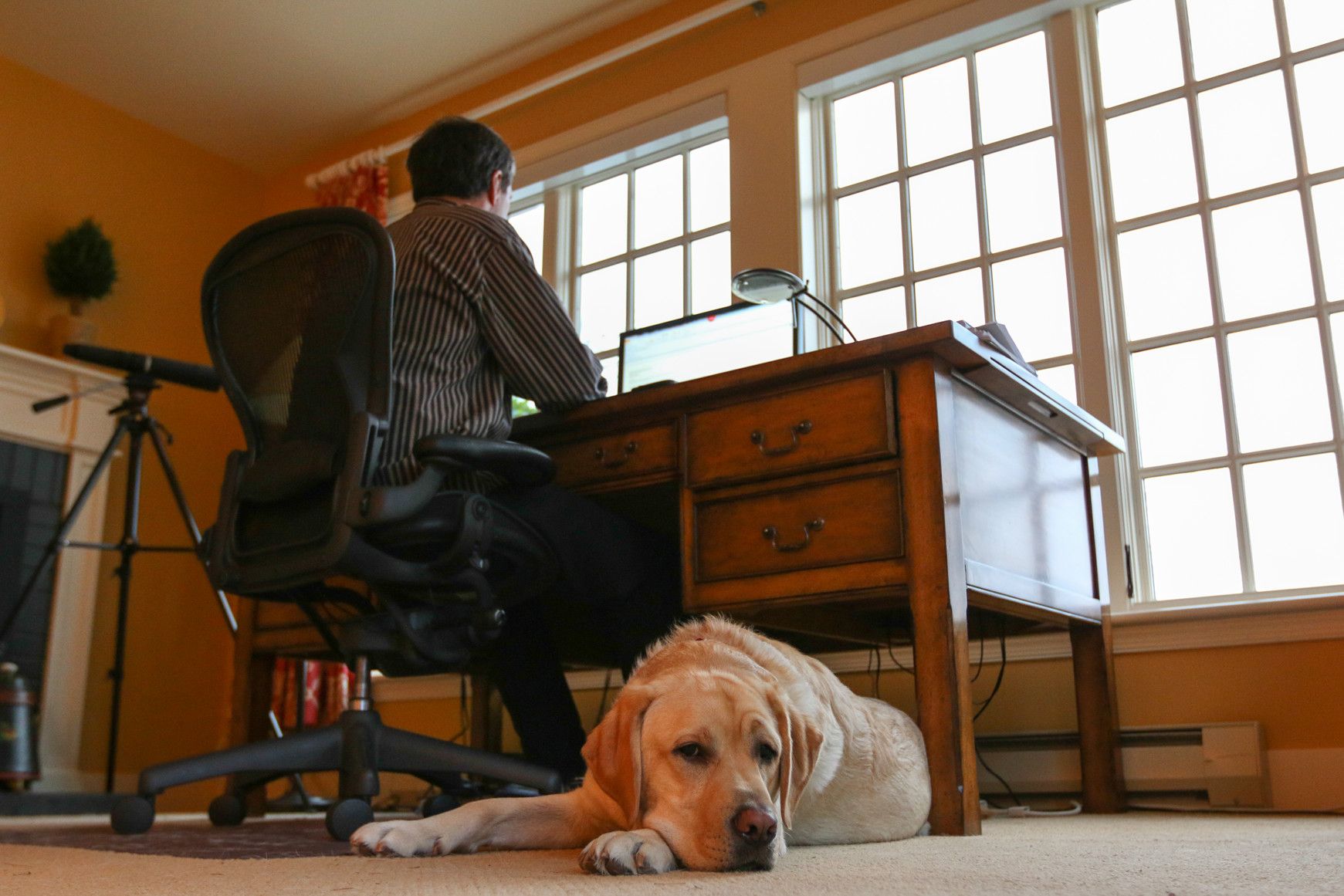When I retired from Microsoft in 2010, one of the things I left behind was the responsibilities of running a large business – and the pressures that came with that. During my 22 years there, I only really felt that pressure explicitly once or twice, and even then it was less about work pressure and more about work-life balance issues. And yet when Pauline and I went out to dinner the first day after I left Microsoft, I felt this incredible sense of freedom knowing that work was not waiting for me back at home. I also lost 15 pounds in the 2 months after I left, largely because my eating habits improved and I cut back on the comfort food. Maybe there was more pressure in my life than I realized.

Now four years later, I’m almost as busy as I was while at Microsoft. Between my board work, writing, speaking, and business activities, my schedule is packed and my attention fully occupied. The big difference is that I’m largely in control of my work now with fewer “external influences” over my time allocation. The mix of things “I love” compared to those “I must do” has also improved dramatically. Nevertheless, the craziness of my past few months brought back some difficult memories from my previous experiences and got me thinking about the role of stress in my life.
More broadly speaking, what have I learned about myself? What advice can I share from my experiences regarding how to handle stress and pressure?
1. Recognize and understand your personality type.
I am a classic type A personality who is unlikely to be happy “retired” from activity. This recognition is important because it gives me the emotional permission to understand that it is OK to work hard and be passionate about the things I do. Part of dealing with pressure is not feeling guilty about the way you are spending you time. If you love what you do…if it brings you emotional satisfaction…if you find the process as rewarding as the outcome…it is just fine to revel in your efforts. Guilt can bring more pressure than the actual work.
2. Realize the importance of saying “no.”
Truth be told, this is not something I was ever very good at and I’m still learning the ropes. While at Microsoft, I only recall saying “no” to one job opportunity and I can probably count on one hand the number of times I said “we shouldn’t do that”. Truth is, I love challenges and I like to help others – this is a bad combination in the game of “saying no”. The pressure associated with overcommitting is amongst the worst because it is self-inflicted. Never too late to learn.
3. Find your coping mechanisms.
For me that involves plenty of workouts, time at the keyboard to just “write”, and a recent addition of breakfast each morning with my wife, Pauline. Long walks with our dog Roscoe and the time to contemplate and pray that goes with them is also an important part of my stress reduction routine. I know for others, having someone to talk with about their challenges is a key element of their coping strategy. The important point is not the activities themselves, but rather the recognition that you have to find them and prioritize them enough so they can have an effect in your life.

4. Have your priorities in check – one of my favorite topics.
Stress is the most painful for me when it involves trade-offs between things that are very important personally. The real problem for the type A personality is that you want to be great at everything you do and unfortunately, that violates some basic laws of physics, economics, genetics, and a few other -ics. So it is incredibly important to decide what is most meaningful and focus on those things. I’ve always known that family was at the top of my priority list conceptually, but I’ve not always been great at keeping it there in practice. And I feel the most stress when my work conflicts with my commitment to family. I’ve been much better about this since leaving Microsoft but the tension never goes away. The only advice I can give is make your list of priorities and then stick with them.
So where does all of this leave us? Through my work on a number of boards, I’m witness to many leaders who are dealing with stressful situations on a regular basis. Each of them has a different approach to managing the process.
But the leaders that are successful all do one thing very well…
They have the ability to step back from the fray, survey the landscape, look at themselves critically, make some changes, and then re-engage in the challenges of the day. This ability to be conscious of the pressure and stress, recognize it for what it is, and have a personal strategy for managing it not only helps the leader but also provides tremendous strength and support to their teams. And the support of great teams is the best stress reduction tool for any leader.

